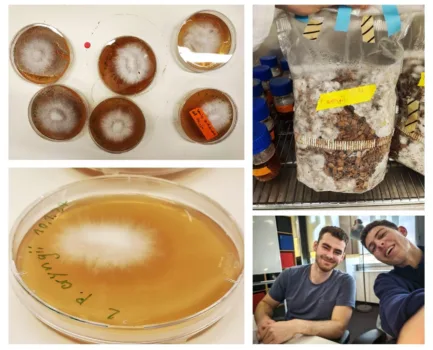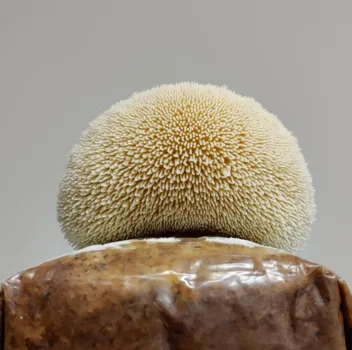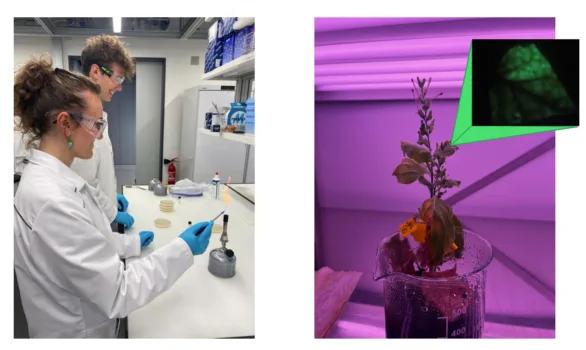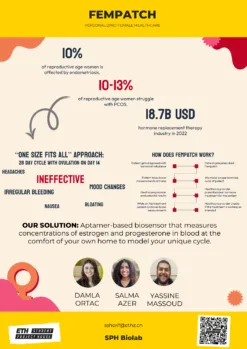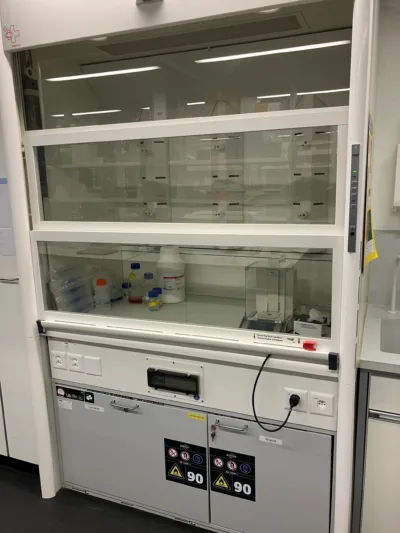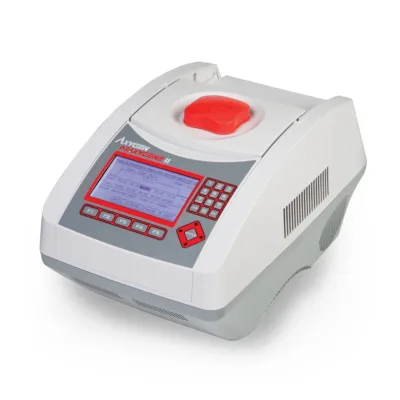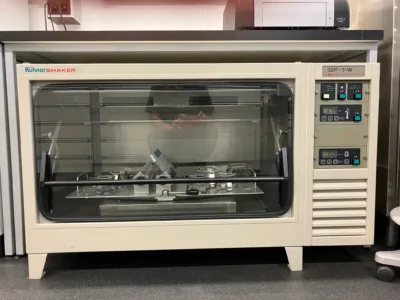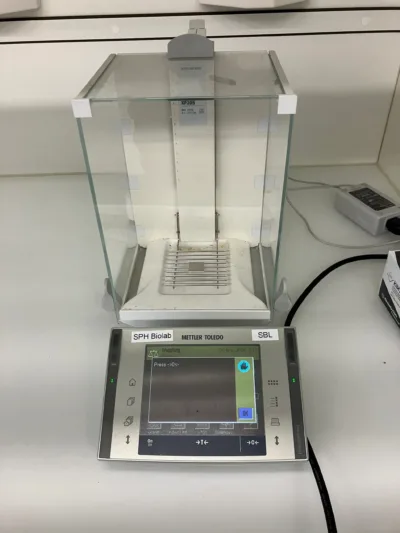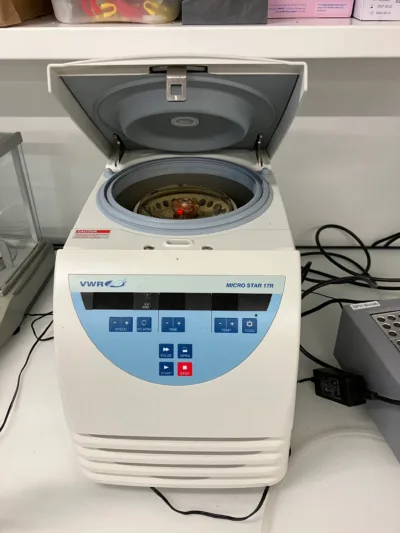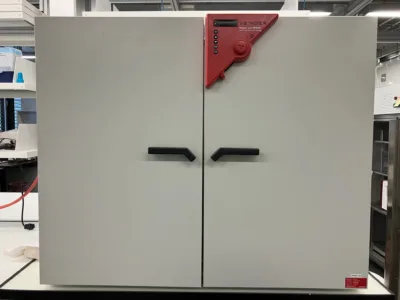
Get Advice
Do you have an idea for a bio project and have always wanted to conduct your own experiments? Sign up here and tell us what you are curious about! We will discuss your Biolab idea and you become a part of SPH - with access to coaching, funding and other offers.


